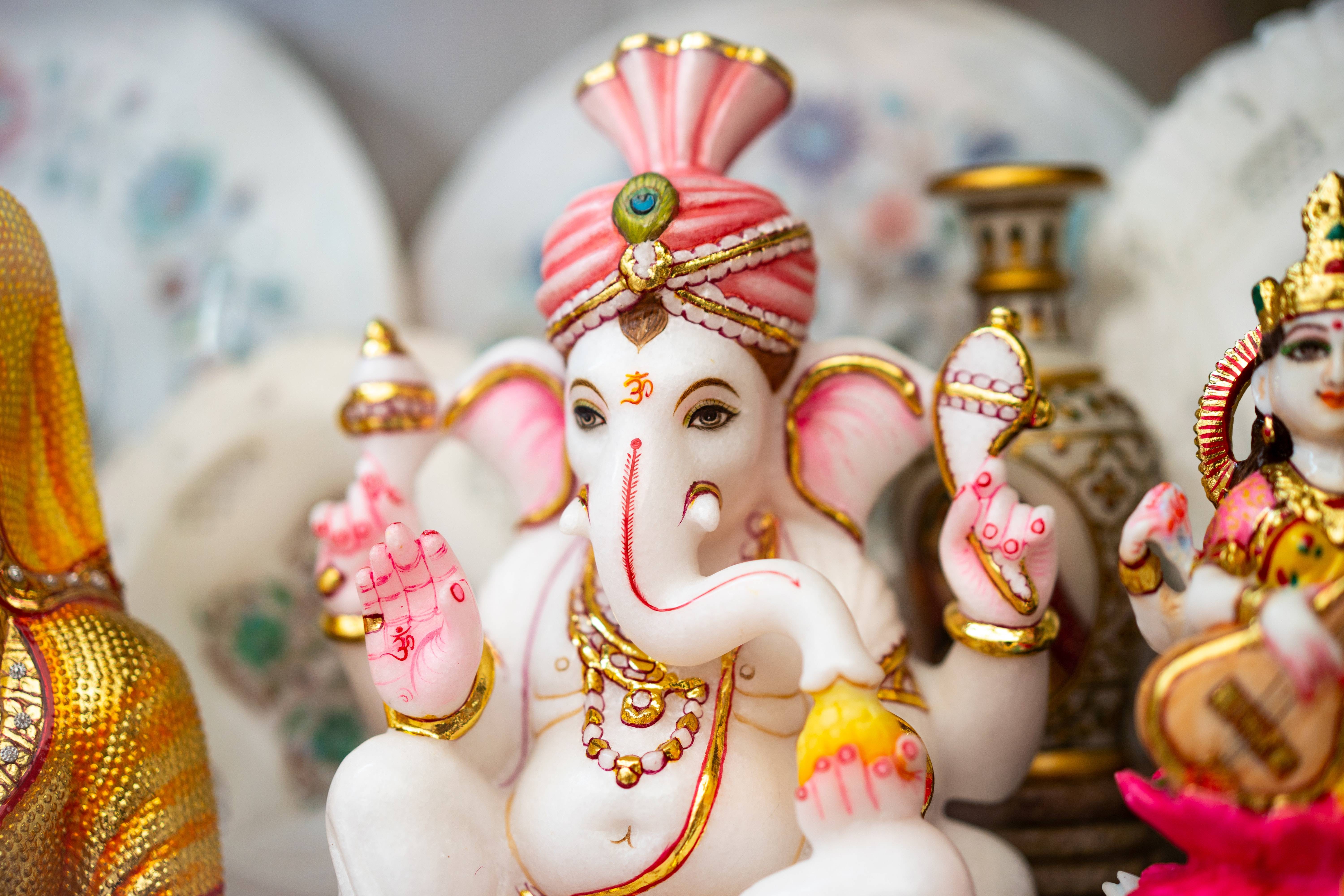
Funerals in different faiths
Posted by AK Lander | On April 24, 2017 10:55
We are all well-conditioned to see the traditions of our own faith as normal and find comfort in the continued procedures and routines that we are used to. However when friends or loved ones of a different faith pass away, attending a funeral for a different religion can be an unusual experience, and one where you may not know what to expect.
This is partially due to not knowing what is expected of you, if you do not know what is coming next it is impossible to anticipate it and act appropriately. Some people may feel uncomfortable due to not being part of the religion in question and therefore feeling isolated from their practices, mourning and grief.
In this article, we explore the funeral services of five separate beliefs, Christianity, Buddhism, Judaism, Hinduism and Paganism to give you a sense of what can be expected at each.
Christianity
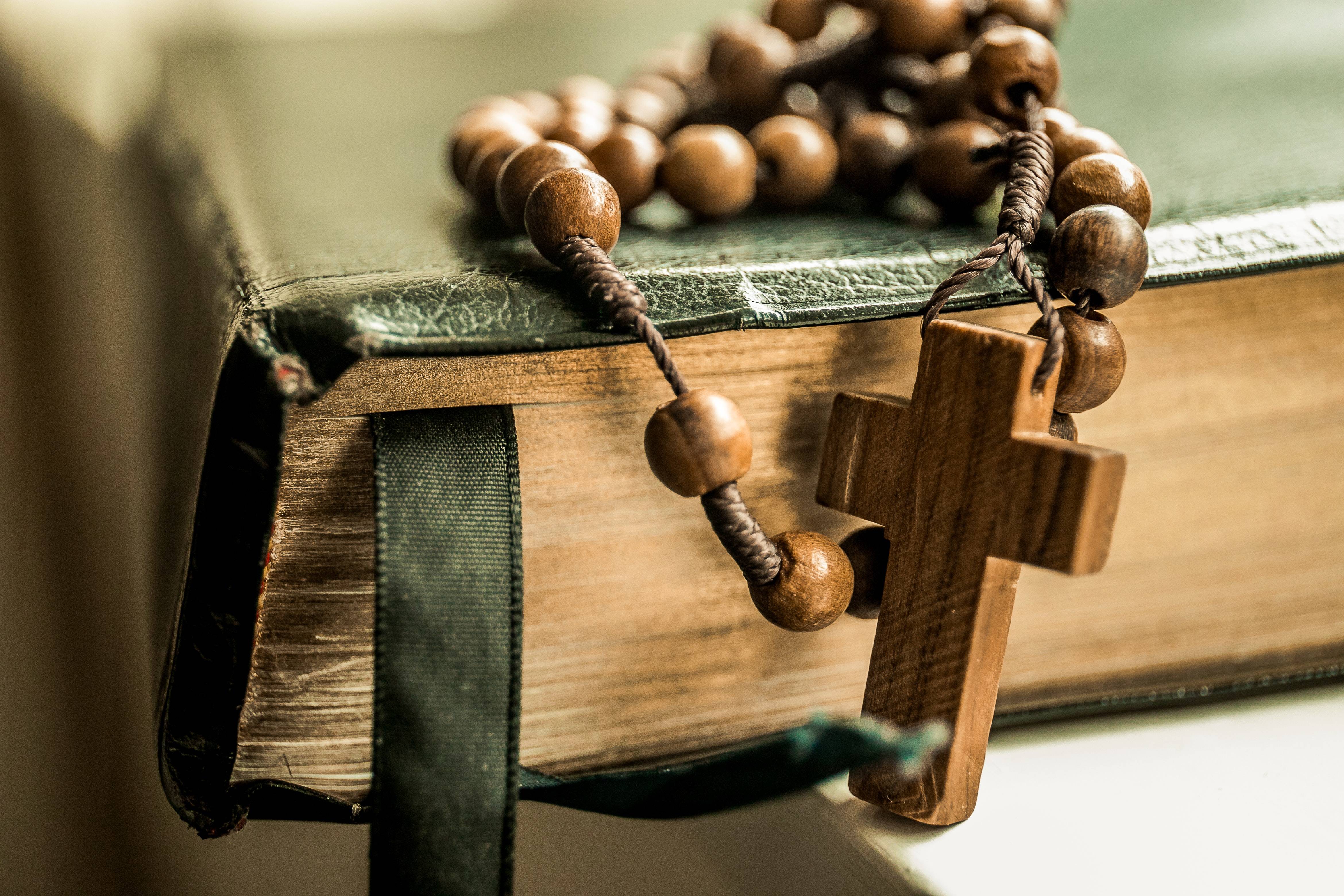
While there are slight differences between Protestantism and Catholicism, mainly in timing of prayers, visitations or cremations, they both follow a similar pattern and require similar prayers. While in a Catholic funeral, the priest will bless the ground or mausoleum a body (or ashes) is to be interred in, the Protestants feel only a few prayers and a committal is necessary. Headstones are popular among the Christian faiths. Historically a headstone not only proclaimed the importance of a person, but also the family’s wealth. Those buried in unmarked graves were often seen as too poor, lowly or shameful to earn a marker.
Buddhism
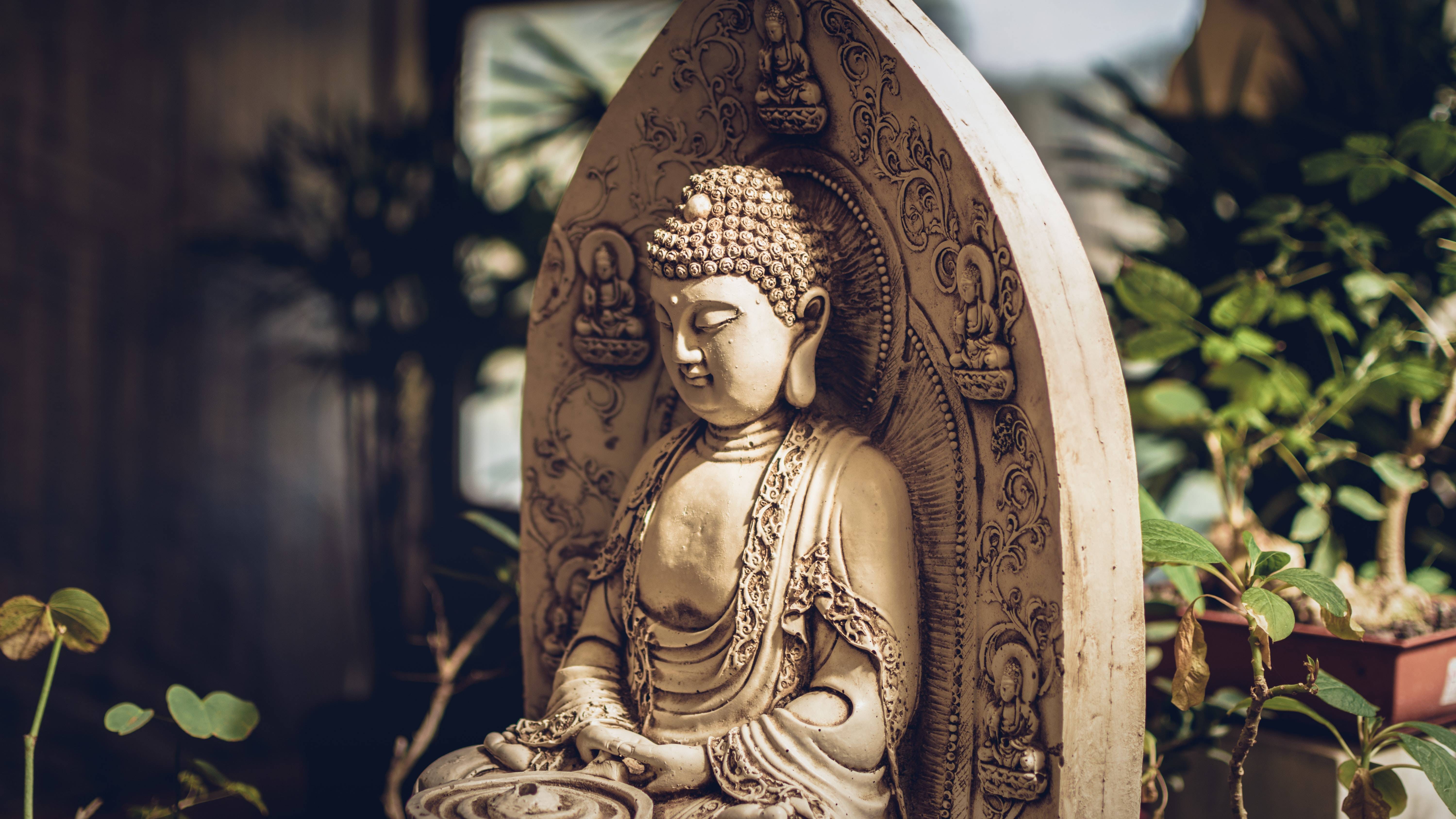
Death is a natural part of the rebirth cycle for Buddhists called Samsara and is found in their foundational texts. This cycle continues and the next life is dependent on Karma accumulated in your current life until you reach Nirvana (enlightenment).
These ideas might be unusual to anyone brought up in the Christian faith, and the practices surrounding funerals in Buddhism are equally unfamiliar and can differentiate not only between the various sects of Buddhism, but also schools of belief.
In Buddhist tradition, friends and family will prepare a person who is near to death, encourage them to keep calm and make efforts towards a peaceful state of mind. After the time of death, the body cannot be touched, washed or moved until completely cold. This is due to some Buddhists believing in instantaneous rebirth and being concerned that disturbing the body will disturb this process.
For funerals, a body is dressed not in finery, as expected, but instead in their everyday clothes, while mourning family wear white clothes or a white cloth. The flowers are white or yellow and the hallmark of a Buddhist festival is peace and serenity.
Cremation is preferred to embalming or burial, however Buddhism is very lenient especially regarding organ donation and other more modern practices. Though a Buddhist funeral is about mourning the deceased, it is also meant to help those attending realise the transiency of life and their own mortality. If you are attending a Buddhist funeral and would like to know more about what to expect, Urban Dharma have a complete guide available.
Judaism
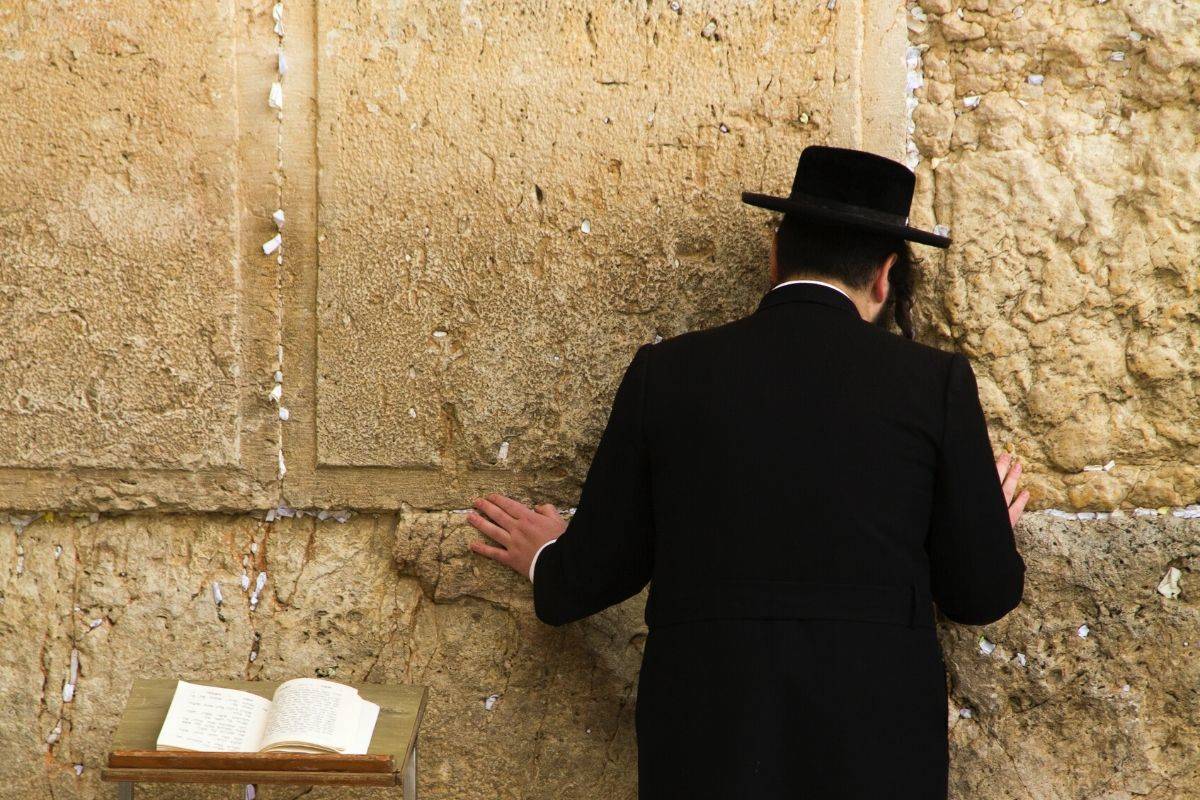
Though there are many different practices for different factions of the Jewish faith, there are some rituals that must always be observed at a traditional Jewish funeral. These include burying the body as soon after death as possible. The traditional custom is within 24 hours, however due to scattered families, it can be extended to a couple of days. The funeral ceremony also cannot fall on many of the Jewish holidays.
At a Jewish funeral service, the casket should be plain, traditional and fully bio degradable. Kosher caskets lack nails to help the deceased on their way and allow them to decompose in a natural fashion. Since embalming is almost expressly forbidden for a Jewish burial (unless subject to local laws), the casket is almost always closed and present at the service.
To ensure a proper burial is achieved, Jewish communities create a Chevra Kadisha, a committee which overseas funerals in Judaism and ensures that everything is done correctly. In larger Jewish populations, Jewish Cemetery's can divide between Chevra Kadishas.
Hinduism
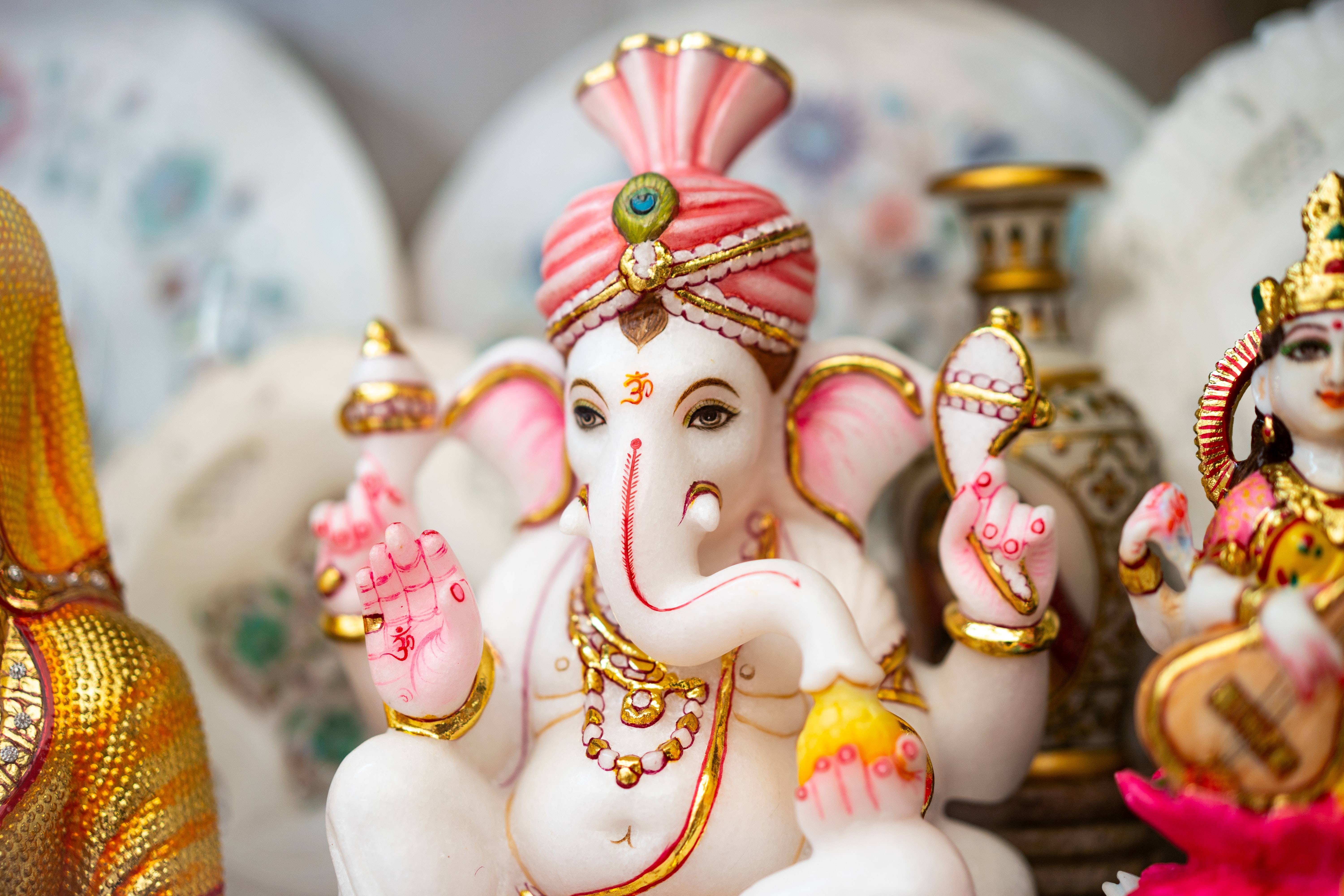
A Hindu funeral is one of rituals and rites that are centred on traditional beliefs. As with other faiths, a funeral is to take place as soon as possible after the passing, traditionally the next dusk or dawn, and touching the body at this point is not done as it is seen as impure. There is much ritual surrounding the washing of the body, and this is to be done by family members only. The solution the body can be washed in varies, however the head should be facing south during this process and mantras spoken.
It is traditional for Hindus to be cremated and customarily only men attend a Hindu cremation. A key element to Hindu funerals is submerging the ashes into the Ganges, though as more Hindus live outside of India, it is becoming practice to submerge ashes in geographically or personally relevant rivers instead.
A 13 day period of mourning follows the funeral, and during this time the family stays at home and receives visitors and well-wishers. A photo of the deceased may be displayed and garlanded with flowers to help focus their mourning.
Paganism
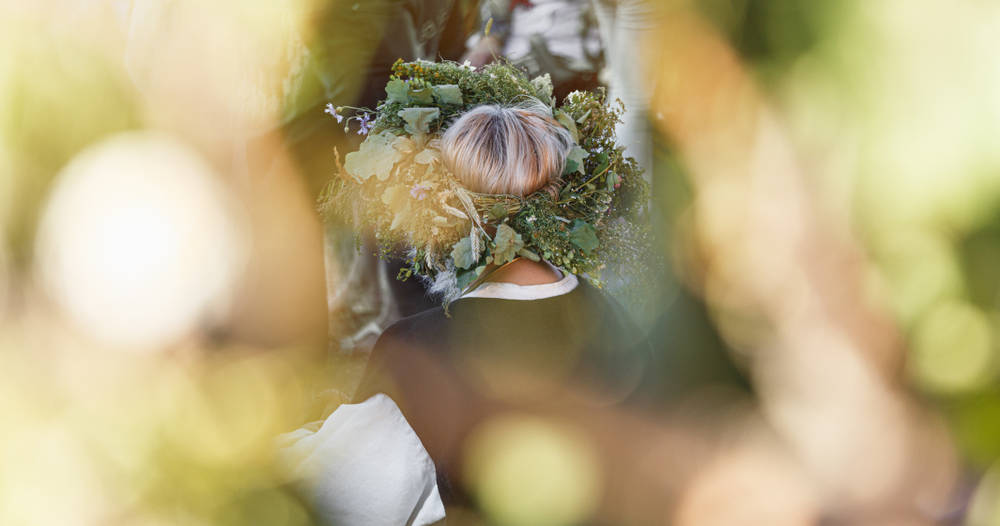
Pagan funerals have much more relaxed customs and rituals to funerals in many other religions. Though the four elements have a strong significance and the goddess plays a part, the wishes of the deceased are the most important factor to the shape and structure of the funeral.
The washing of the body is an important indication of respect and a traditional part of funerals in Paganism. Sometimes plain water is used, sometimes sea water is added and some people prefer rosemary to be added to the water as it is a herb renowned for its purifying and protecting properties.
Both burial and cremation is the norm for Pagan practices, though ashes from cremation are often scattered or spread as opposed to being buried. Throughout the year, there are days that are specifically dedicated to honouring the dead within the system of Pagan beliefs and the most important of this is Halloween, so while there may be a small and intimate ceremony soon after the death of a pagan, there will likely be a second remembering on Halloween. For more information, Neo Polytheist explores the historic traditions between the different pagan sects and how this informs modern pagan rituals today.
